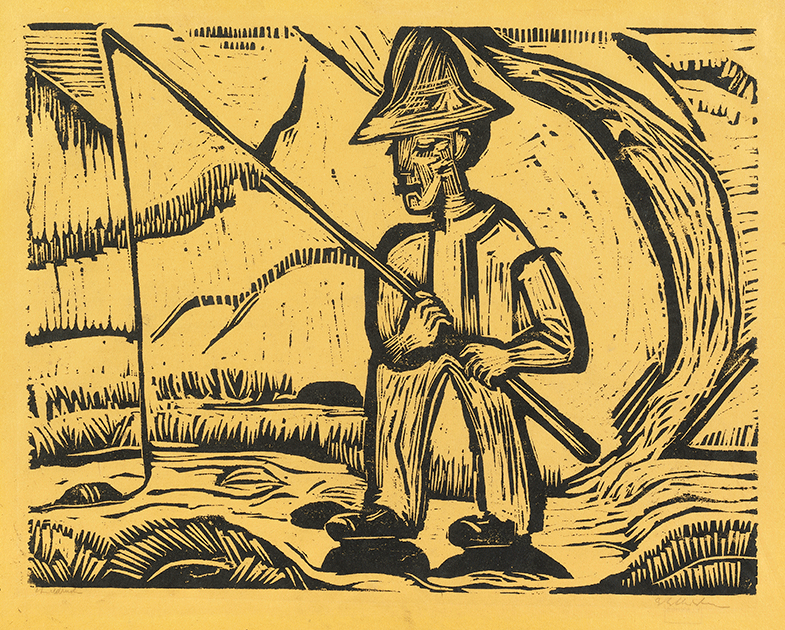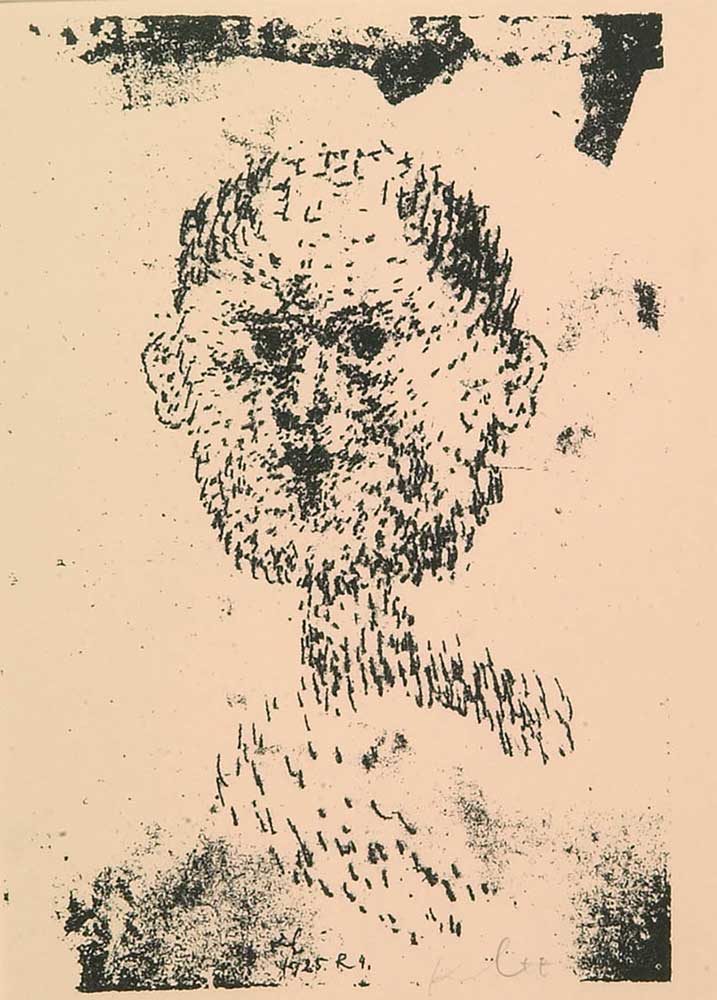Solitary: Alienation in Modern Life
Solitary, singular, alone, apart. Alienation, estrangement, isolation, dissociation. Since ancient times, theologians and philosophers have used these words to describe the separation of the individual from the natural environment, community, self and God.
During the 19th and 20th centuries, however, alienation came to be regarded as a condition of modernity.
A complex array of factors contributed to this troubling sense of separation. The industrial revolution brought thousands of workers from farm communities to sooty urban centers, where they took their places as human cogs in factory machines. Scientific revelations challenged long-held religious beliefs and fostered a new skepticism.
Referred to by its Greek name, psyche, the soul was separated into parts (id, ego, super ego) and analyzed. World Wars I and II brought widespread death and destruction to the world, leaving many survivors with lifelong physical and psychological scars.
This exhibition of prints and drawings by Ernst Ludwig Kirchner, Paul Klee, Marie Laurencin, Henri Matisse, Joan Miró, Otto Dix, and others reveals the impact of these modern forces.

